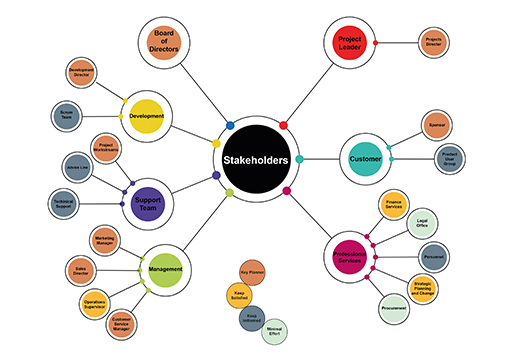2 Refining your opportunity for change
After identifying and justifying a specific organisational context, further refining your research topic is the next step towards completing your change project. First off, you need to identify a problem in your work context. In conventional research method terms, this is translated to looking for and narrowing down a research topic (in your case, a problem or change to be implemented) and developing research questions (in your case, questions for your project that will help you address the problem that you have identified).
For some, choosing the project topic is easy because they have a very specific interest in an area. For example, you might be interested in studying training and development systems in multinational companies or you might have a management issue you want to address, such as why the career progression of women in the construction industry is slower than men’s in the same industry. Alternatively, your sponsoring organisation might like you to carry out a specific project that will benefit the organisation itself. For example, it might need a specific customer service policy to be developed.
You may also find the process of refining the research topic daunting and frustrating. In the next activity you will create a mindmap to help you to define your research topic further.
Activity 2 Clarifying your research topic
Create a mindmap to identify the stakeholders – people who have a stake in the change, or who might block it – along with any other factors that may impact on your proposed change.
This can help you to become more focused about what you want to achieve. It can also sometimes tell you that your change may be better achieved in small steps, particularly if it will affect a number of people and stakeholders, or if there is likely to be resistance to the change.
Discussing your project with colleagues and family may help as they may have suggestions that you have not considered. This activity will help you to visualise, structure and refine your research topic for your project.
Moving from a general research topic to a research question is a crucial step. The formulation and selection of research questions often involves a considerable amount of uncertainty and intuition (Campbell et al., 1982). Therefore, through your observations at your chosen organisational context, initial information screening, and general theory and literature search, you should be able to identify something that is currently poorly understood in your management practice. This gap could be of some value to your chosen organisation and could be converted into a defined research question.
Once you have identified your research topic, you can move on to work on developing research questions. This process is discussed in the next section.

